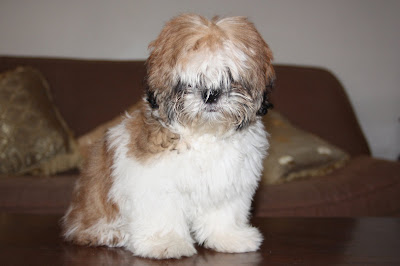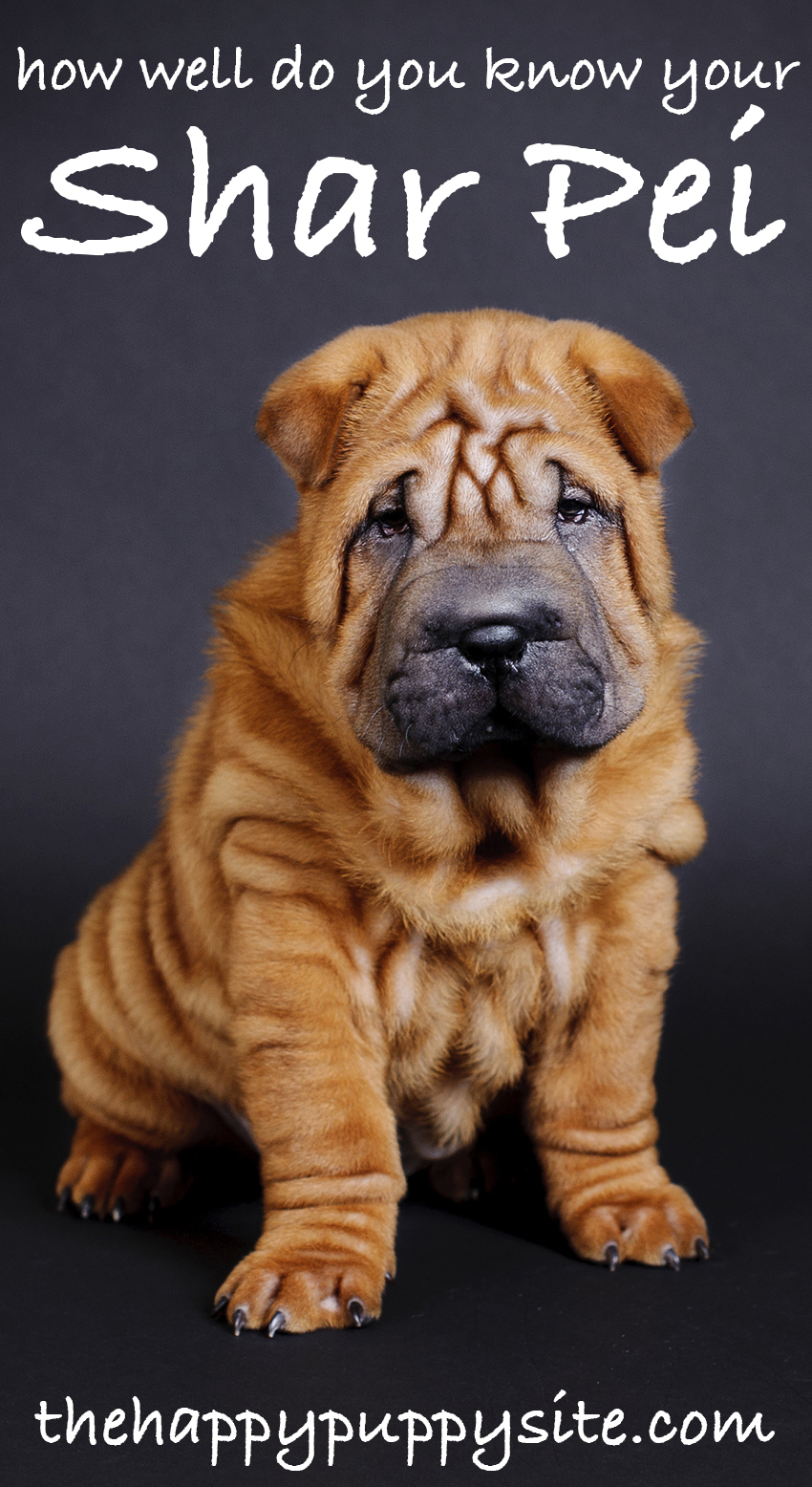

Because these dogs have a tendency toward independence, it is a good idea to start your Miniature Shar-Pei puppy with training from a young age. The average litter size for the Miniature Shar-Pei breed is 4 to 6 puppies. These dogs need regular brushing and grooming, but their coats do not need to be trimmed. Miniature Shar-Peis come in a wide variety of colors including cream, fawn, apricot, chocolate, lilac, blue, black, sable, or red. The “bear coat” Miniature Shar-Pei has a coat 1 inch in length or longer that has a smooth, wavy texture. The “horse coat” type has a short, harsh coat while the “brush coat” type is a little longer with a velvety texture. The Miniature Shar-Pei exhibits three different coat types and comes in a variety of colors. Miniature Shar-Peis are naturally clean and quiet – many owners compare them to cats in this way.īecause the Miniature Shar-Pei is still in development, it is not recognized as a separate breed from the Chinese Shar-Pei by the AKC – it can be registered under this name in the Non-Sporting Group. When exercising your Miniature Shar-Pei outdoors, be careful to keep him hydrated because these dogs overheat easily. A long walk is needed to meet the dog’s minimum daily requirements for exercise but these dogs will also appreciate having time to run in a fenced yard. The average lifespan for the Miniature Shar-Pei breed is between 9 and 11 years.Īlthough they may not look like the most active dogs, Miniature Shar-Peis do require a significant amount of daily exercise. Some of the conditions to which this breed is prone include entropion, swollen hocks syndrome, amyloidosis, and more. In the case of the Chinese Shar-Pei, however, rushed and inexperienced breeding has put the breed at risk for a number of inherited conditions – the Miniature Shar-Pei is prone to many of these same health problems. The Chinese Shar-Pei is a fairly old breed which, in many cases, correlates to good health.


These dogs can adapt to apartment life as long as they get enough exercise. Plenty of socialization and training is recommended, however, to prevent the development of problem behaviors. When raised from a puppy, this breed forms extremely close bonds with family and they are very devoted to their owners. Miniature Shar-Peis are naturally clean and quiet – many owners compare them to cats in this way. These dogs have an independent air about them that sometimes translates into aloofness, though they are not inherently dominant or aggressive by nature. The Miniature Shar-Pei is an alert and active breed that can be playful at times. The Miniature Shar-Pei stands between 14 and 17 inches tall and weighs between 25 and 40 pounds at maturity. This breed needs a firm, confident leader and they will sometimes test your resolve so remain firm! This breed is incredibly loyal to his family and they can be socialized to accept children and other household pets, though each dog is an individual. Starting your Miniature Shar-Pei puppy with socialization and training at a young age is your best bet for having a well-behaved adult dog. What you may find, however, is that these dogs do have a bit of an independent streak so you may need to exercise a firm hand in training. The Miniature Shar-Pei is an intelligent breed that generally responds well to training. Because this breed is a high-energy hunting breed, however, an active or working breed formula may be more appropriate to meet his needs. The Miniature Shar-Pei is an alert and active breed that can be playful at times.Īs a medium-sized dog breed, the Miniature Shar-Pei should be fed a high-quality commercial dog food diet formulated for dogs of its size. The Miniature Shar-Pei is the same breed as the Chinese Shar-Pei but it has been selectively bred down in size – their miniature size is the result of a recessive gene in their DNA. Because the Miniature Shar-Pei is still in development, it is not recognized as a separate breed from the Chinese Shar-Pei by the AKC – it can be registered under this name in the Non-Sporting Group. The Shar-Pei comes from the Guangdong province of China where it was developed to hunt and to fend off wild boar. The Chinese Shar-Pei is considered a basal breed which simply means that its origins predate the development of modern breeds that occurred during the 19th century. The Miniature Shar-Pei is a miniaturized version of the Chinese Shar-Pei, so it shares its origins with this breed.


 0 kommentar(er)
0 kommentar(er)
